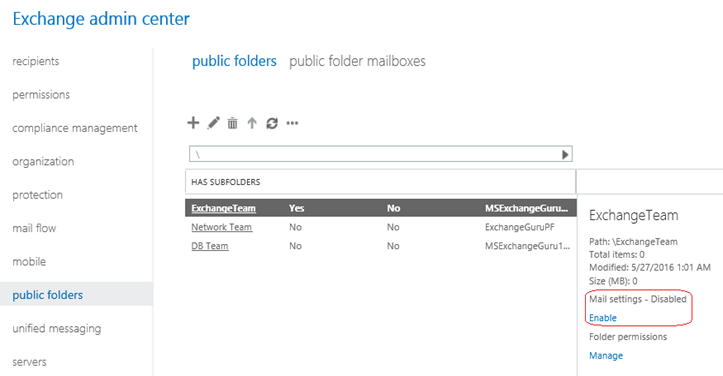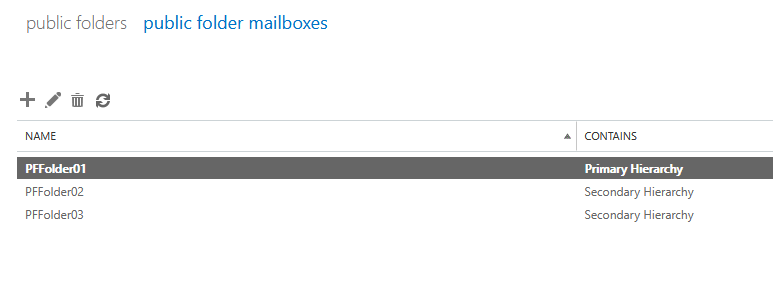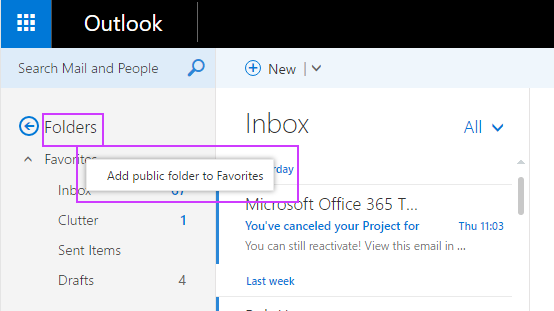

Public folders don't provide versioning or other document management features, such as controlled check-in and check-out functionality and automatic notifications of content changes. Instead, we recommend that you use In-Place Archiving as your archiving solution.ĭocument sharing and collaboration. This practice isn't recommended because it affects storage in public folders and undermines the goal of mailbox limits.
#EXCHANGE PUBLIC FOLDER PERMISSIONS ARCHIVE#
Users who have mailbox limits sometimes use public folders instead of mailboxes to archive data. Public folders aren't designed for the following purposes:ĭata archiving. If you're using Edge incognito and this page isn't working, enable the third-party cookies. To verify this, run the PowerShell cmdlet Get-ManagementRole with the below parameters.Public folders functionality of the Classic Exchange admin center experience is available in the new Exchange admin center as we continue to work on updated versions. You need to verify the permissions needed to run the command and its parameters. The command Get-PublicFolderClientPermission, apart from giving the basic information about a Public Folder, provides all the information you need to assess the permissions in your Exchange Server infrastructure.

#EXCHANGE PUBLIC FOLDER PERMISSIONS HOW TO#
How to Use Get-PublicFolderClientPermission Command? So, the ideal solution is to use PowerShell command. To go through all the Public Folders one-by-one would be a cumbersome task. This assessment could be pushed from the business to ensure that the right permissions are given and to confirm that the access is authorized. The reason why one would want to get the permissions of all Public Folders is to verify and assess the permissions once a year or in 6 months. If you would have several Public Folders, it would be a nightmare to go through them all to get or verify the permissions. The only drawback of using the EAC is that you can view the permissions for only one Public Folder at a time. In this post, we will be discussing about the PowerShell cmdlet Get-PublicFolderClientPermissions in detail and how to use this command.

If you want to know the user permissions for a specific Public Folder, you need to use the PowerShell cmdlet Get-PublicFolderClientPermissions. Public Folders are used to share emails, documents, contacts, notes, journals, and other items in your Exchange infrastructure. Administrator needs to create the original folder. Public Folders cannot be created by the users. Public Folders are used for shared access and offer an effective approach to gather and share information with several people or departments in the company. We’ve also mentioned an EDB converter tool in case you need to export Public Folders to PST or Exchange server database. In this post, we’ve discussed how to use Get-PublicFolderClientPermissions for all Public Folders. The PowerShell cmdlet Get-PublicFolderClientPermissions is used to retrieve the information regarding the user permissions of Public Folders.


 0 kommentar(er)
0 kommentar(er)
